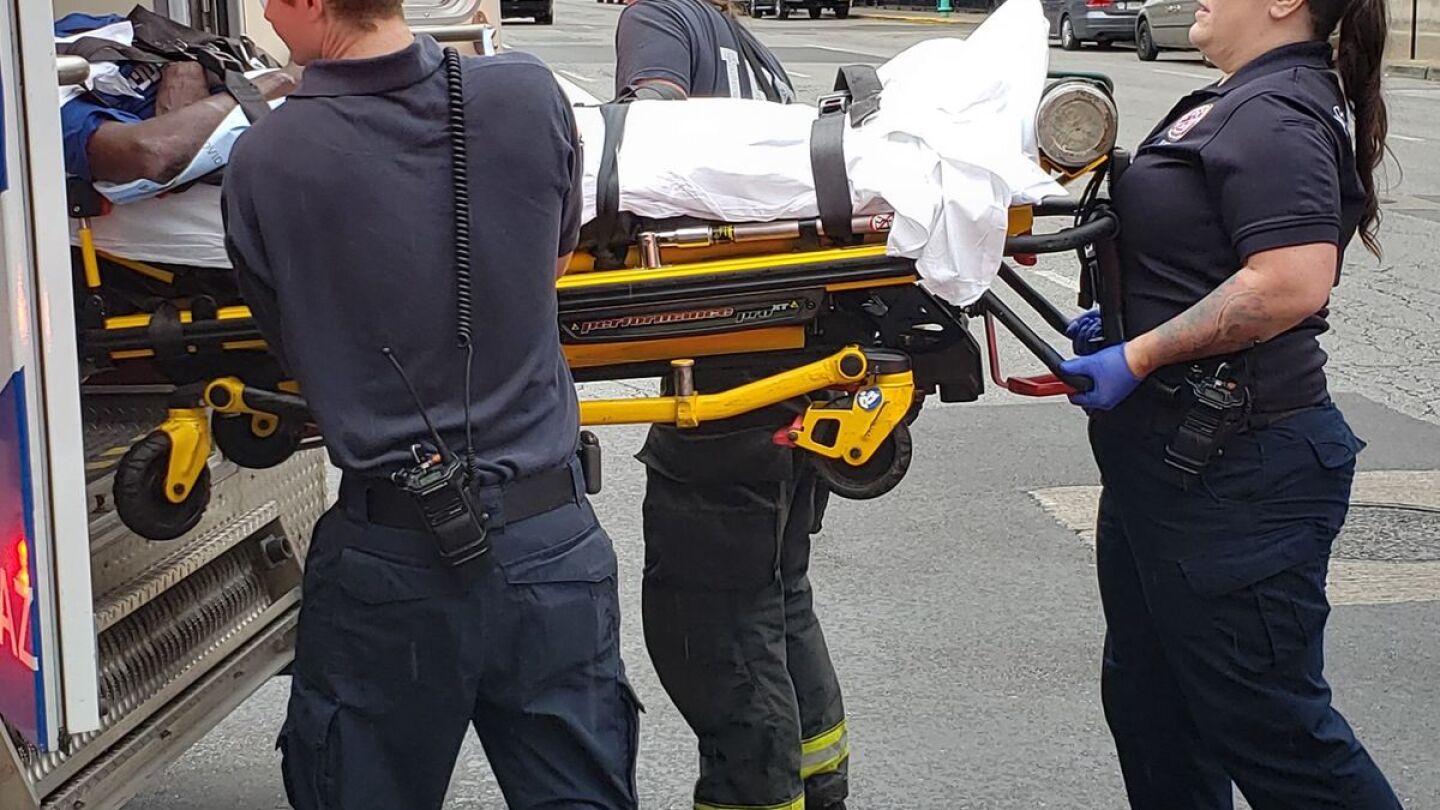Sepsis
Debunking unsound research and increasing hospital collaboration to improve outcomes
Real-world, practical methods for identification, assessment and field treatment of life-threatening sepsis
Warning signs and a checklist for evaluating patients after a lift assist
Critical care paramedicine is application of science and artistry to care for the profoundly ill patient
Temperature, lactate and ETCO2 monitoring may provide field personnel with objective evidence to make a more accurate field diagnosis of systemic inflammatory response syndrome
The video aims to entertain and promote early sepsis recognition and management
The woman had to undergo emergency surgery to prevent sepsis
Quantitative waveform capnography can be a reliable surrogate for lactate monitoring in detecting metabolic distress in sepsis patients
A new program coordinates EMS and clinical efforts to lower sepsis mortality rates
This month’s favorites included a video featuring a technique for reading ECGs and an entertaining parody music video on ER drug abuse
Understand how waveform capnography can be used to assess and treat ventilation, perfusion and metabolic emergencies in children
Students need to know that capnography is part of the standard of care and is one of the most important diagnostic tools at their disposal
It’s time for EMS clinical leaders to discuss the role of targeted antibiotics which are safe and effective when administered to the right patients
Proper assessment, treatment, and transport of patients with sepsis saves lives
Intravenous therapy should be performed only when medically necessary, and under stringent guidelines
EMTs and paramedics can help septic patients simply but effectively by understanding the pathophysiology of sepsis











